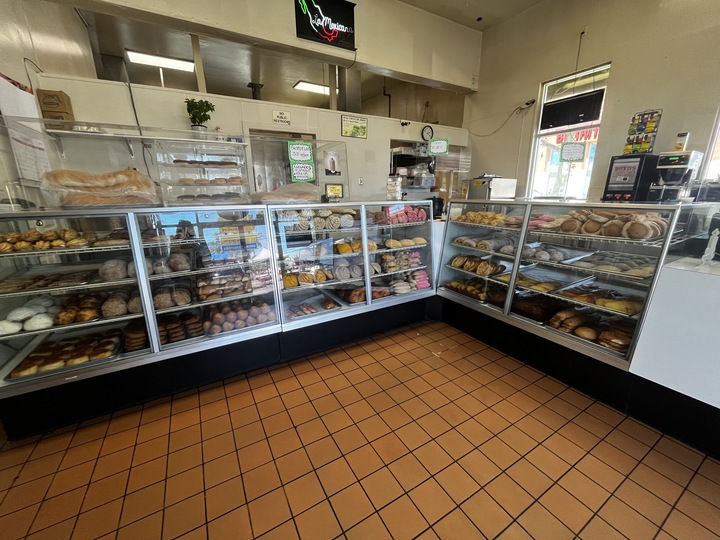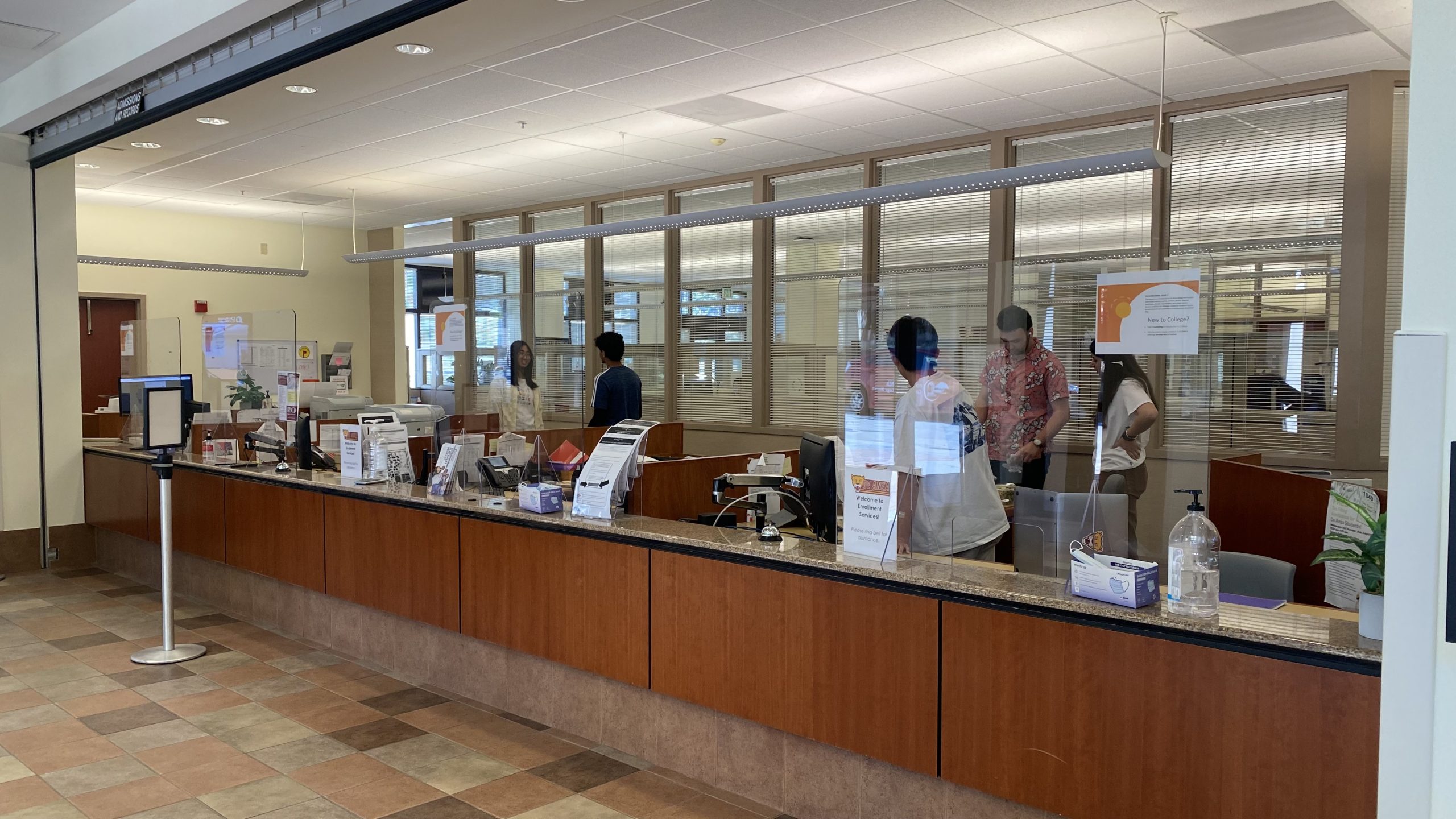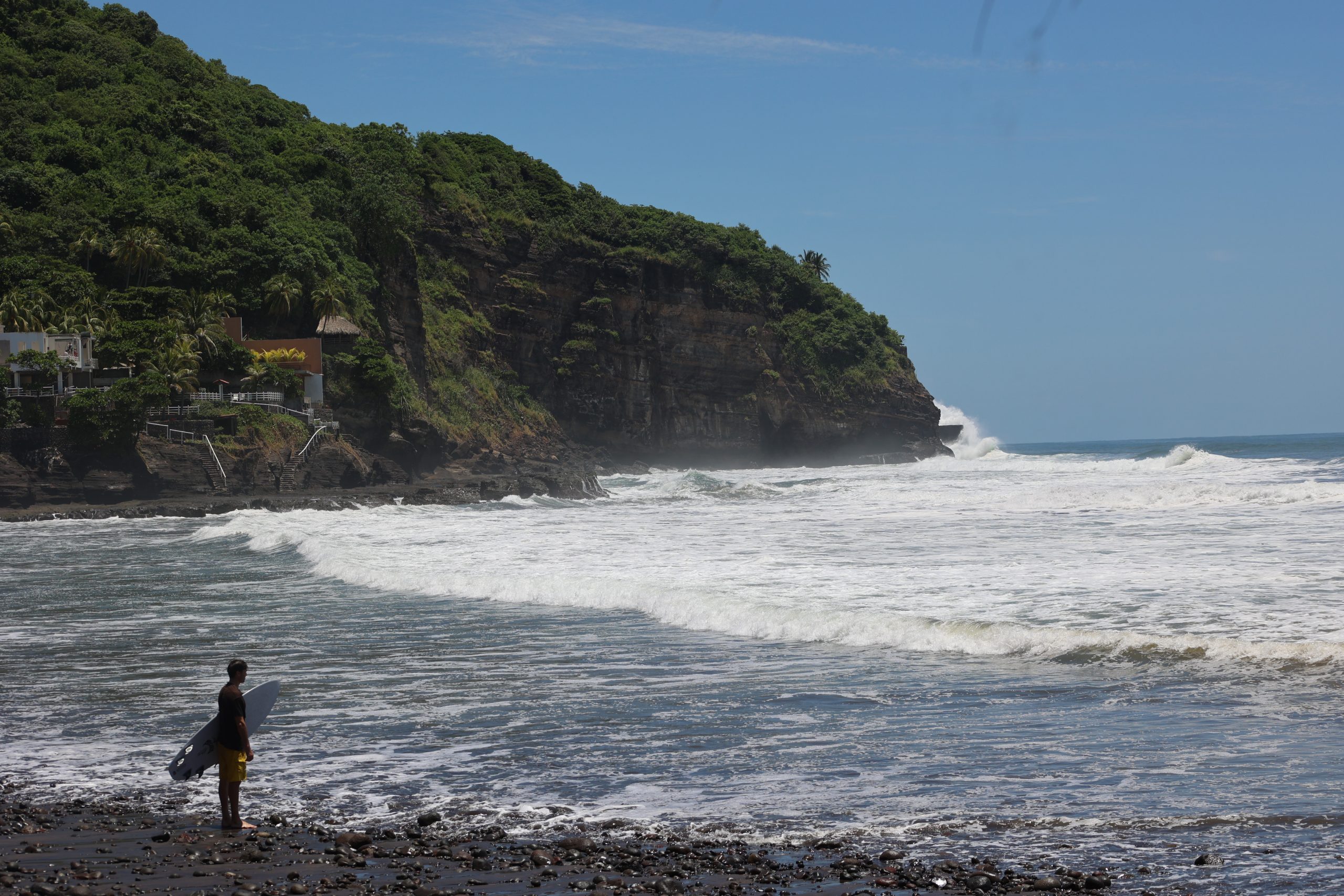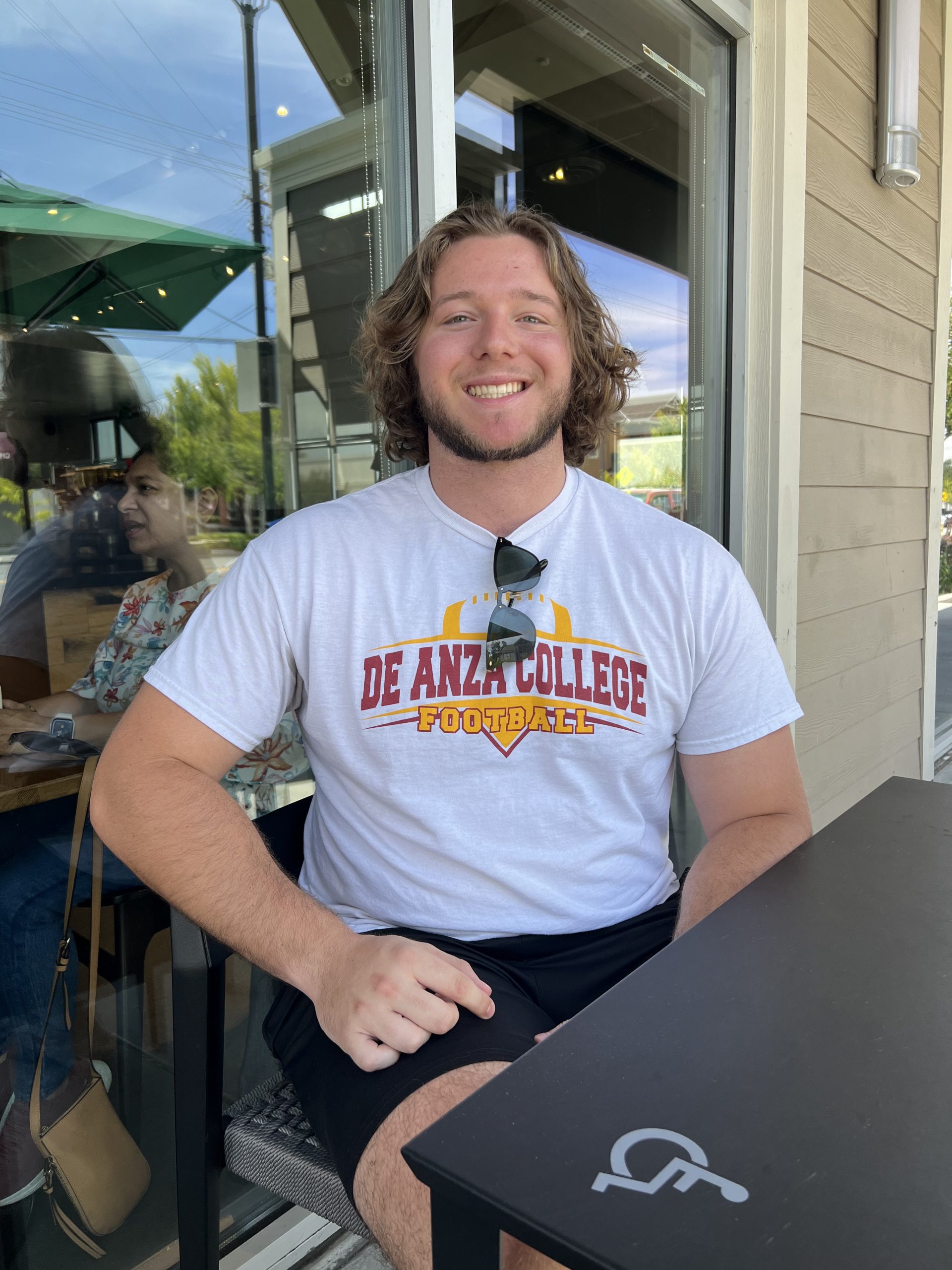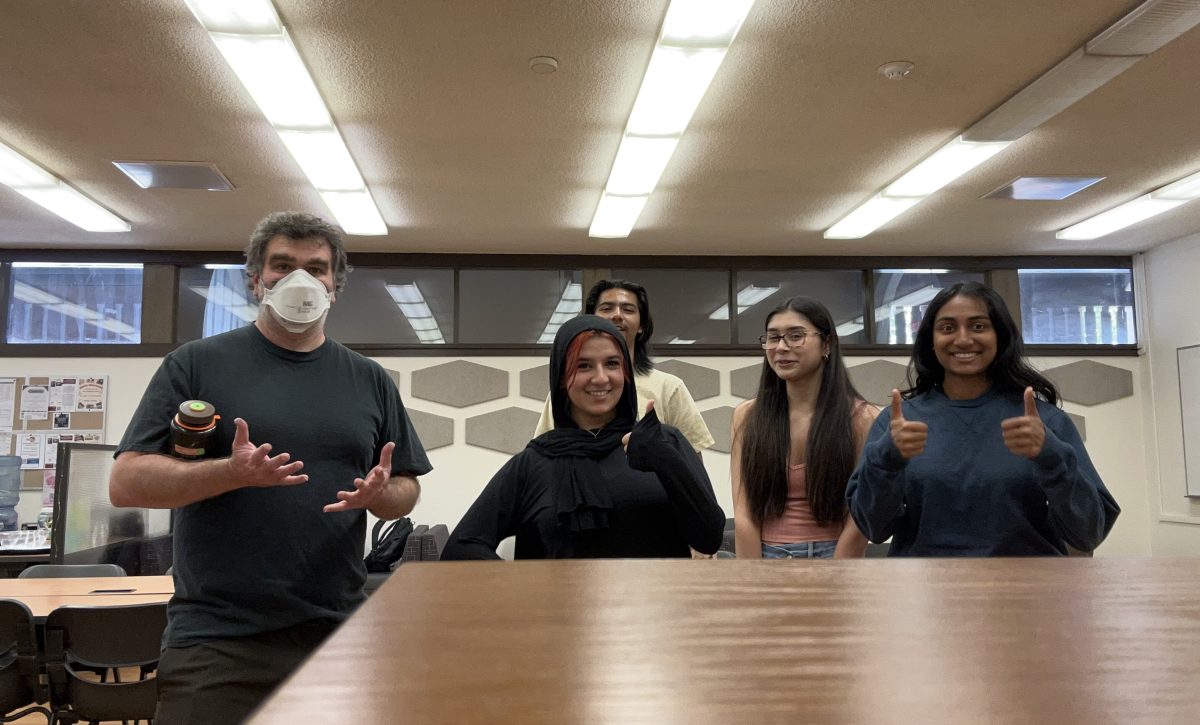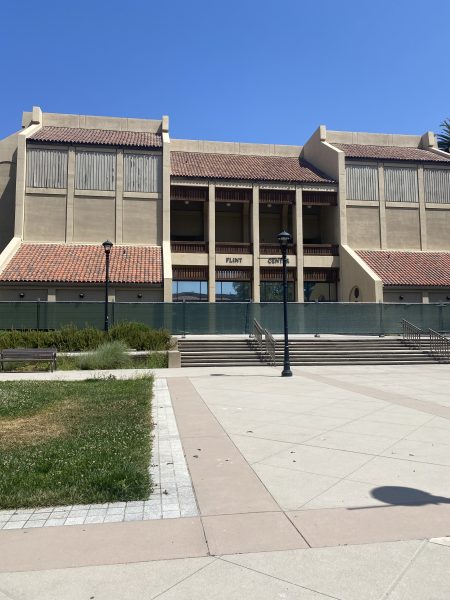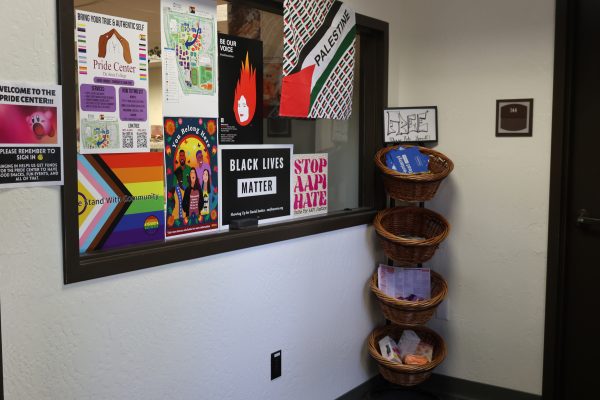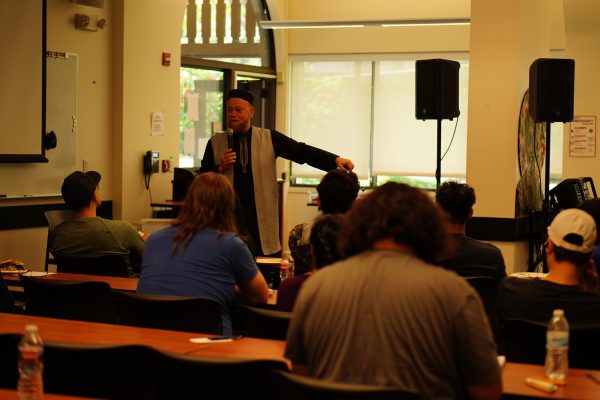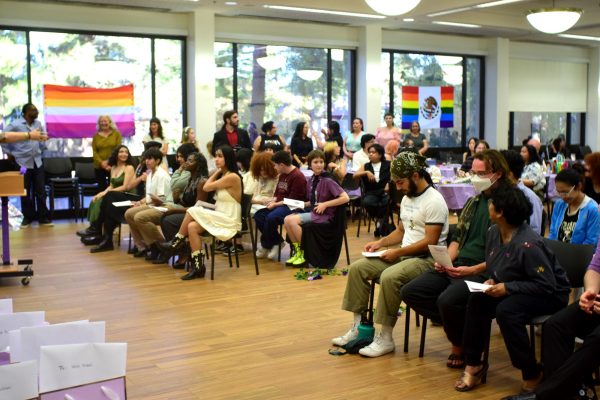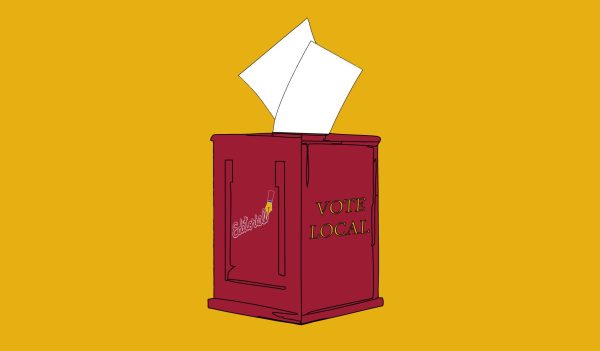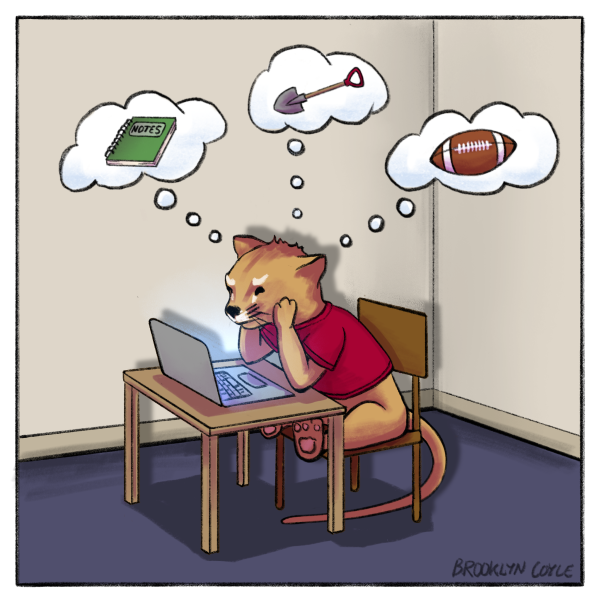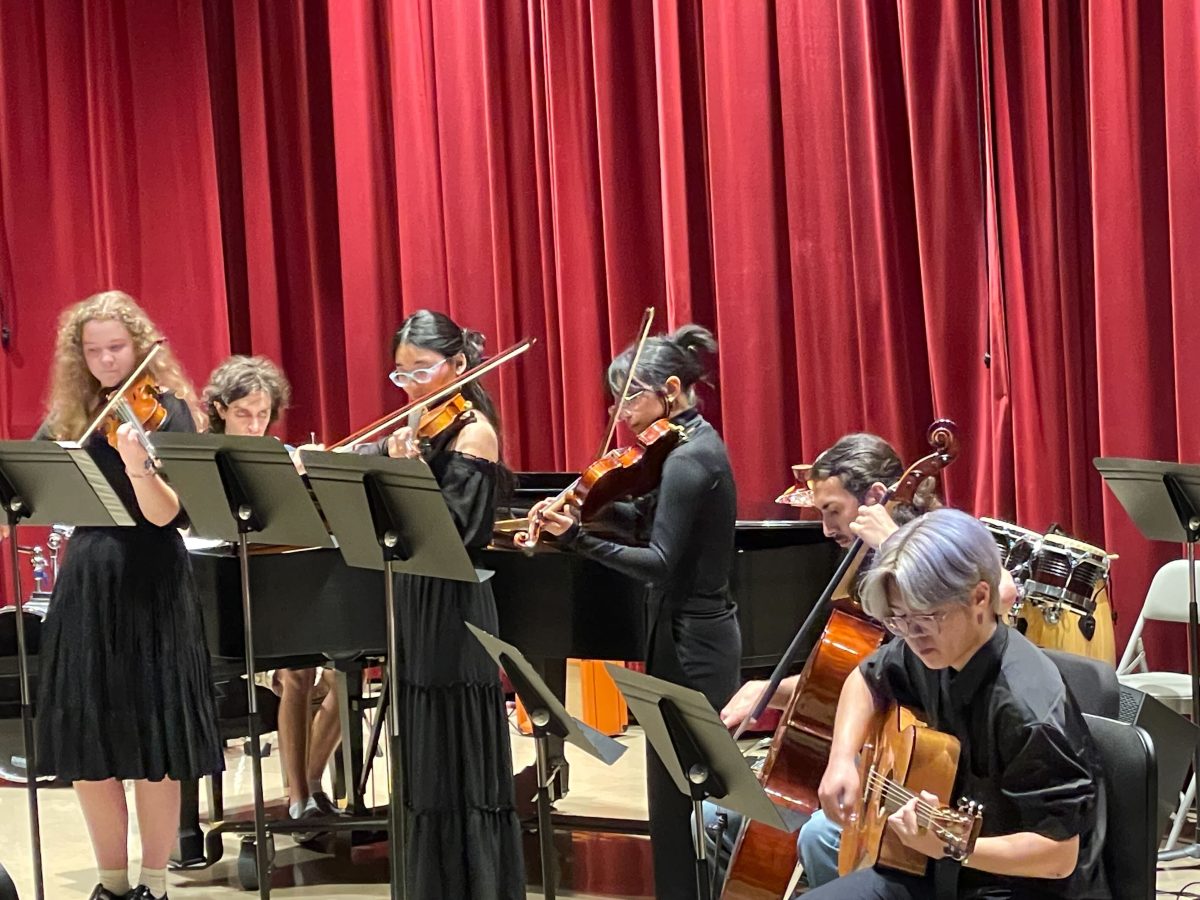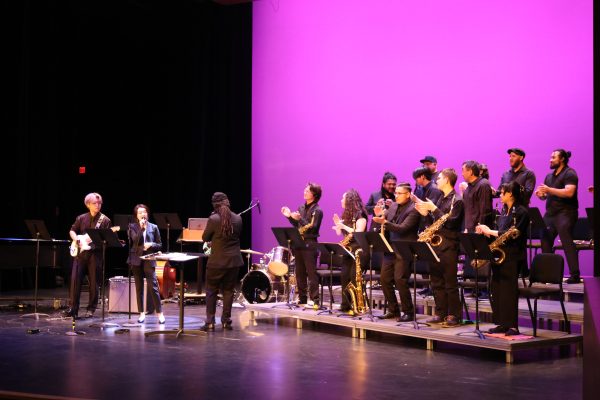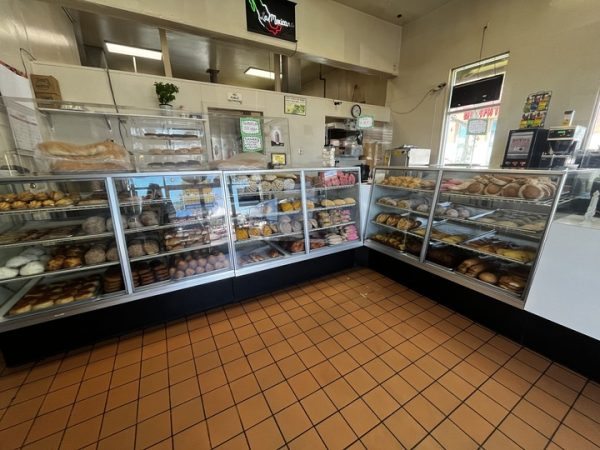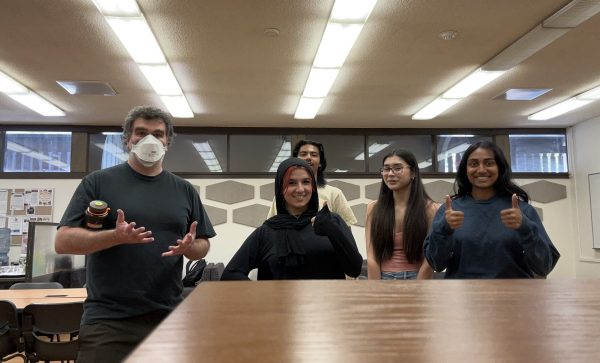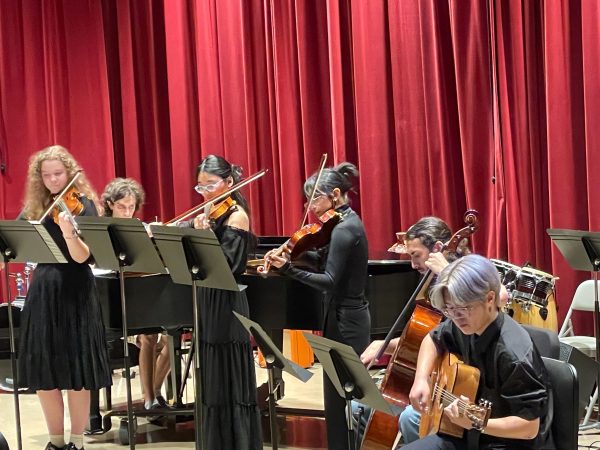Foothill-De Anza Board of Trustees leans toward existing city boundaries ahead of final vote on new district map
Final map must be voted on by Feb.14
The Foothill-De Anza district employed the services of Redistricting Partners to help them facilitate community outreach and design new maps for redistricting.
January 17, 2022
After their latest public hearing, the Foothill-De Anza Board of Trustees is divided between two final draft maps that aim to redesign the current distribution of the areas within the college district, with four trustees indicating that they would support a map drawn along city lines and one trustee saying he’d strongly prefer a map drawn along existing school districts.
The debate is taking place ahead of a move away from an at-large election system which was spurred by a lawsuit against the board for violating an article in the California Voting Rights Act.
“Map A” is focused on city boundaries but would divide the city of Cupertino and Sunnyvale in two and three parts, in order to make sure each district had roughly equal population.
Trustee Peter Landsberger said that the district would be better served going for simplicity.
“I prefer Map A because it is geared towards the cities as opposed to the school districts. I think it’s better to just keep everyone in their home city,” Landsberger said.
Vice President and Trustee Laura Casas said that she supports both maps, and while she had an inclination for Map C, whose districts are drawn to align with school districts, she voted in favor of Map A.
“I think having representation from education and related interest groups as opposed to city councils is important,” Casas said. “However, if the majority wants to go with Map A, then I’m not going to go against it as we want to speak with a strong and united voice for the community that we represent.”
Of the five member board, Trustee Gilbert Wong was the only person who wanted to move forward with Map C.
“I’m supporting Map C because as a community college district, we rely on secondary schools for our attendance,” Wong said. “ I feel that by having school districts together, that feeds into De Anza’s College as the elected trustees can better serve the students of that particular area and understand their concerns.”
Wong also suggested that if the board were indeed to choose Map A, that redrawing it to keep the city of Cupertino as a whole, which could be achieved by taking some territory from Saratoga and Sunnyvale, would be a good idea. However, his colleagues said that there would not be enough time to redraw it by the final deadline date of Feb. 14.
“I feel that it is more fair to divide the city of Sunnyvale into two trustees areas instead of three, since currently, there are no trustees representing that city,” Wong said. “I want to make sure that their community and interests are being represented properly,”
Related to his point about maintaining school communities, Wong also mentioned that De Anza already has a Dual Enrollment program where high school students can sign up for classes on career training and other subjects not available at their home school as an example of the integrative relationship between community colleges and secondary education schools.
Despite her vote, Casas also shares some concern about the accuracy in regards to the population size of Map A. She cited a recent trend in the city of Mountain View, where according to the census, members of the Latino/Hispanic community have been leaving due to the rising cost of housing in the area.
“A lot of our students are people of color, and as a Latina myself I’m very cognizant of our student population,” She said. “Unfortunately, this issue wasn’t discussed in the board meeting.”
The board encouraged students of De Anza and Foothill College, and residents of the areas inside and outside of the district to raise their voice and concerns about the draft maps before the voting date on Feb. 14.
“It’s not too late to speak up. It’s very important to study the maps, and advocate for your preferred map before the final decision is made,” Wong said.
The board will have to ratify a final map by their next meeting with existing members serving out the rest of their terms.
Community members are encouraged to express their opinions of the proposed maps by emailing [email protected].





